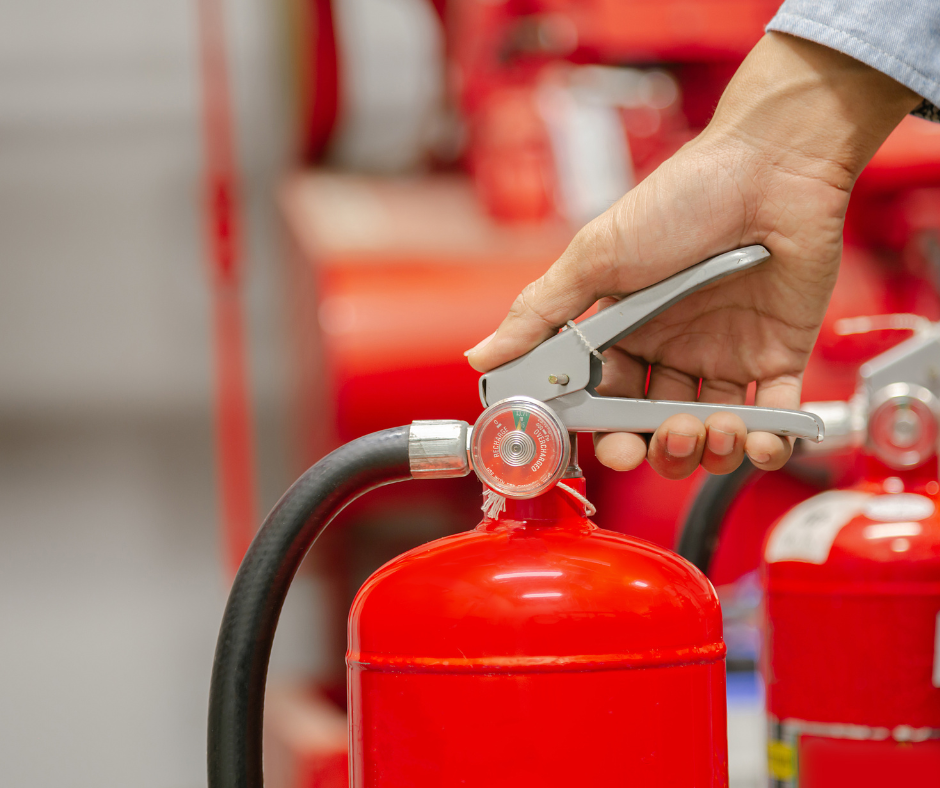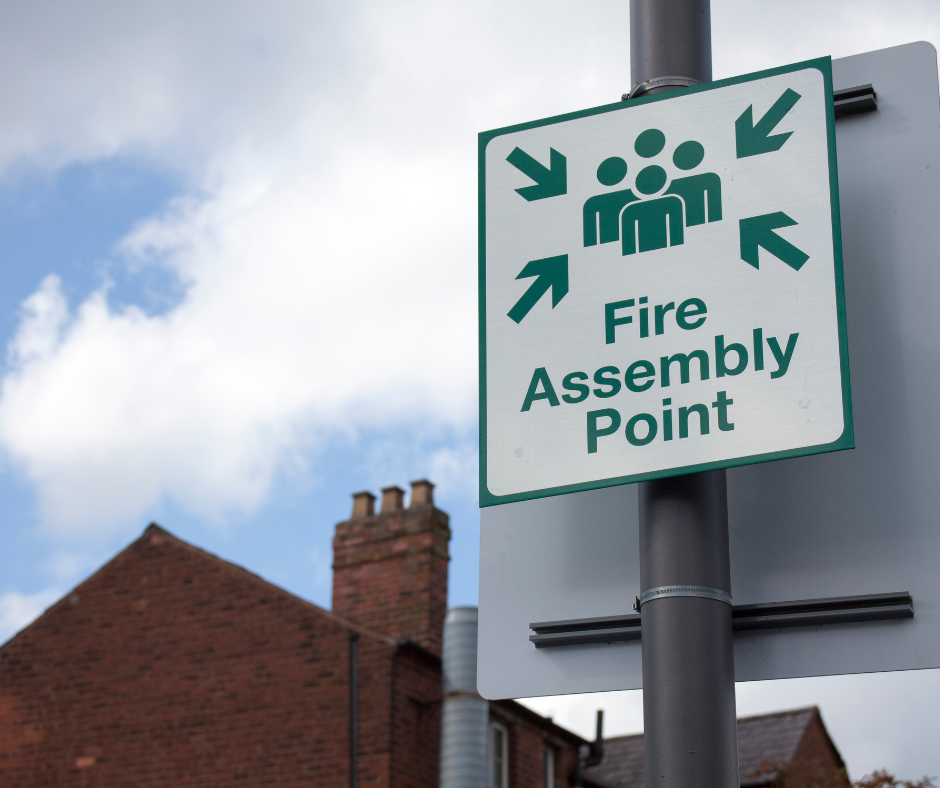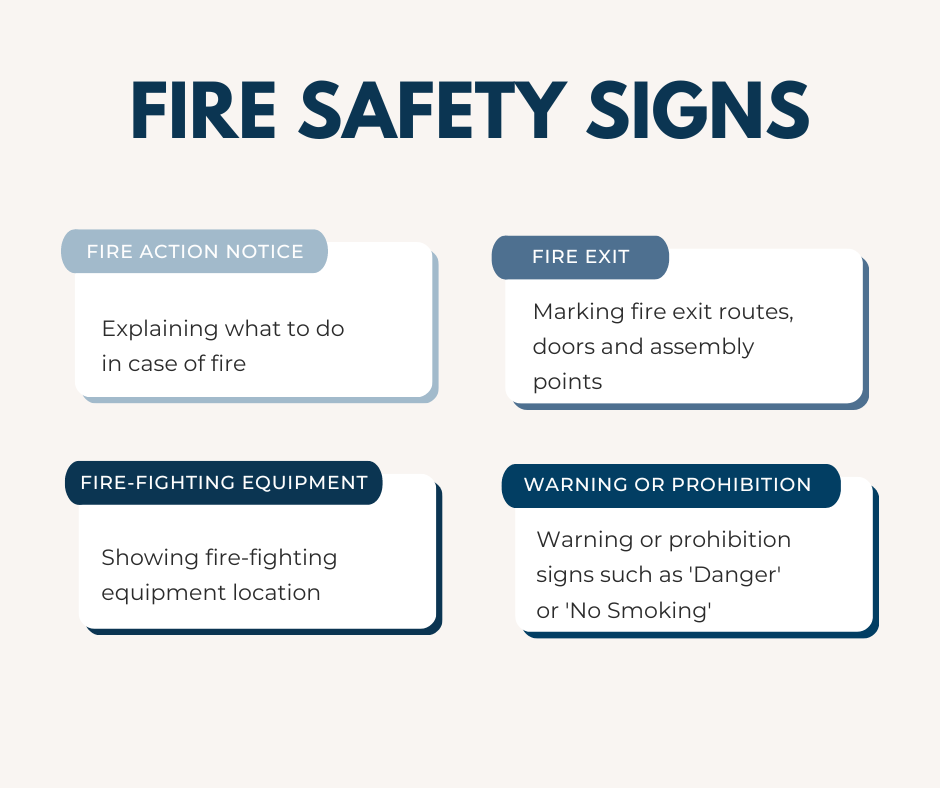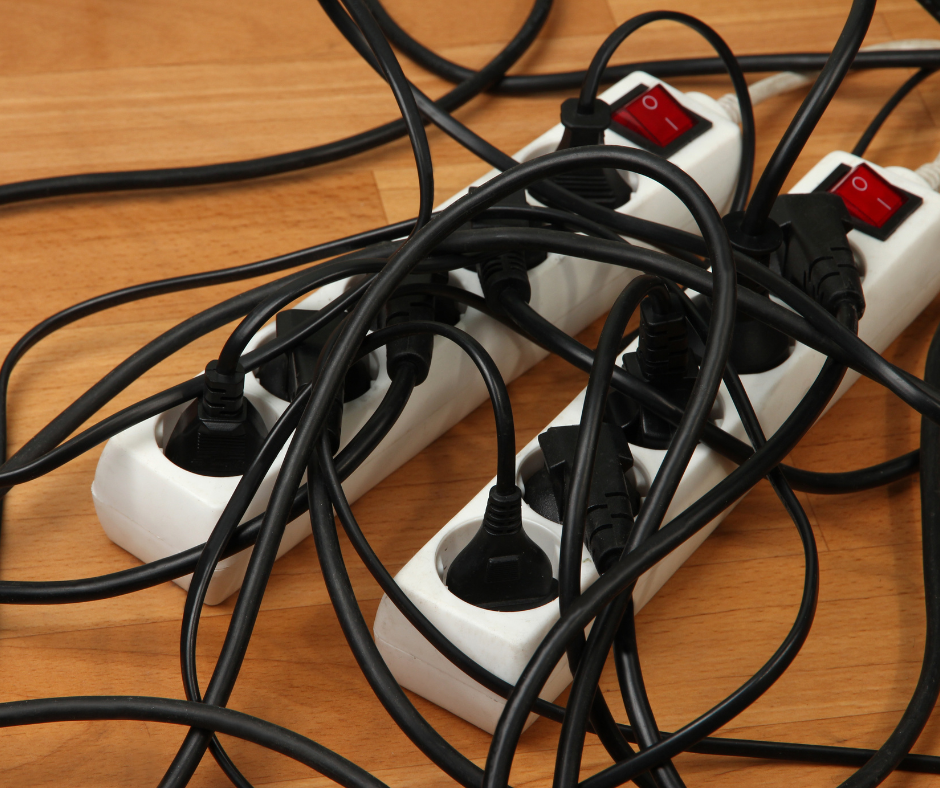The needs of every workplace when ensuring their fire safety needs are met are unique – however, there are some actions you can take in any workplace to improve the fire safety of your business and employees.
Keep reading for our top tips!
1. Maintain Good Workplace Housekeeping
 Keeping a clean and uncluttered environment is key to improving your workplace’s fire safety – cluttered areas can hinder evacuation, and provides more fuel that could catch fire.
Keeping a clean and uncluttered environment is key to improving your workplace’s fire safety – cluttered areas can hinder evacuation, and provides more fuel that could catch fire.
It is also important to store stock correctly. Flammable materials and liquids should be stored safely in line with COSHH regulations, and storage areas should be properly ventilated. If the materials do not have to be at the workplace, store them separately so as to minimise the risk to people’s safety.
Waste should be regularly removed from the workplace in order to prevent it from building up, blocking fire exits, and adding to the fire load of the area.
2. Carry Out a Fire Risk Assessment
If your business has over five employees, it is a legal requirement to carry out a fire risk assessment. This should be conducted regularly by a ‘responsible person’, and should be documented, recording results and any actions to be taken.
Your fire risk assessment should identify hazards, the level of risk, who could be affected, and how these risks can be mitigated.
Read more about fire risk assessments here.
3. Have Appropriate Fire Safety Equipment
 Fire safety equipment includes both equipment to alert, and assist exit (e.g. smoke alarms, fire exit signs and lighting, fire escape ladders if necessary), and to prevent fires (extinguishers, sprinklers, etc.).
Fire safety equipment includes both equipment to alert, and assist exit (e.g. smoke alarms, fire exit signs and lighting, fire escape ladders if necessary), and to prevent fires (extinguishers, sprinklers, etc.).
If you have multiple types of fire extinguishers, make sure your employees know the different uses for each.
4. Provide Fire Safety Training for Employees
Fire safety training can help employees to recognise preventable risks and understand how to react in emergency situations.
A combination of training along with workplace-specific instruction and fire dills will help them to know what to do in the event of a fire. Your workers should know who their fire wardens are, where the escape routes and assembly point are located, and what the evacuation procedures are.
5. Ensure Understanding of Emergency Plan
 Make sure your employees know the answer to the following questions:
Make sure your employees know the answer to the following questions:
- What do you do if you discover a dire or hear the fire alarm?
- Who are the fire marshals?
- Where is the assembly point?
- What warning systems are in place?
- What is the evacuation procedure?
6. Carry Out Regular Workplace Fire Drills
Leading on from this, make sure these procedures are instilled in your workforce with regular fire drills. These should be carried out at least annually, but if any major changes are made to evacuation routes then this should be sooner.
Drills can be used to identify what went well, and what could be improved.
7. Clearly Display Fire Safety Signage
 There are four main types of fire safety signs in the UK:
There are four main types of fire safety signs in the UK:
- Fire Action Notice – Explaining what to do in case of fire
- Signs marking fire exit routes, doors and assembly points
- Signs showing fire-fighting equipment location
- Warning or prohibition signs such as ‘Danger’ or ‘No Smoking’
You should ensure these signs are clear, contain pictures so anyone can understand them, and are well lit even without power so they can be seen in an emergency.
8. Appoint Fire Wardens in the Workplace
Your workplace should have at least one fire warden – depending on the size of the business and the number of employees, more may be required.
It is their responsibility to take control of creating and maintaining fire safety procedures, and coordinate evacuation in the event of a fire. For this they will need to undergo fire warden training.
9. Don’t Forget Electrical Safety
 Electrical safety and fire safety are closely linked – electrical fires can be caused by faulty wiring or overloaded plug sockets. Make sure equipment is regularly inspected and PAT tested, ensure faulty equipment is disposed of, and make sure plug sockets are not used over capacity.
Electrical safety and fire safety are closely linked – electrical fires can be caused by faulty wiring or overloaded plug sockets. Make sure equipment is regularly inspected and PAT tested, ensure faulty equipment is disposed of, and make sure plug sockets are not used over capacity.
10. Have A Clear Reporting Process
Make sure that there is a simple and easy way for employees to report fire safety issues – this should be clearly signposted and communicated with all staff.

Fire Safety and Fire Wardens training courses are essential tools in protecting your workers from the risk of fire. Make sure you don’t miss out on our 10% off deal on these courses, available until the end of November. Simply enter the code ‘fire10’ at checkout to save!
Read more Top 10 Tips blogs here.
To keep up to date with the latest health & safety news and advice, follow us on social media:
